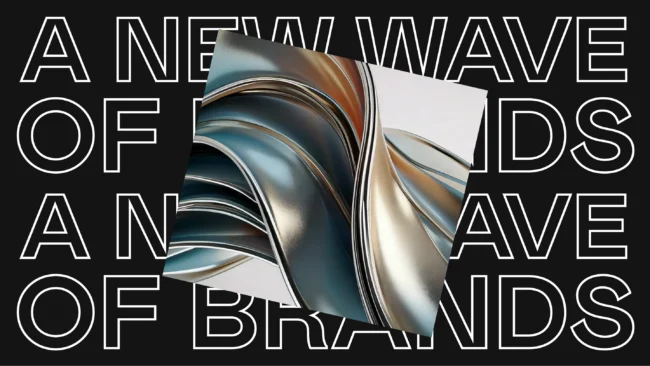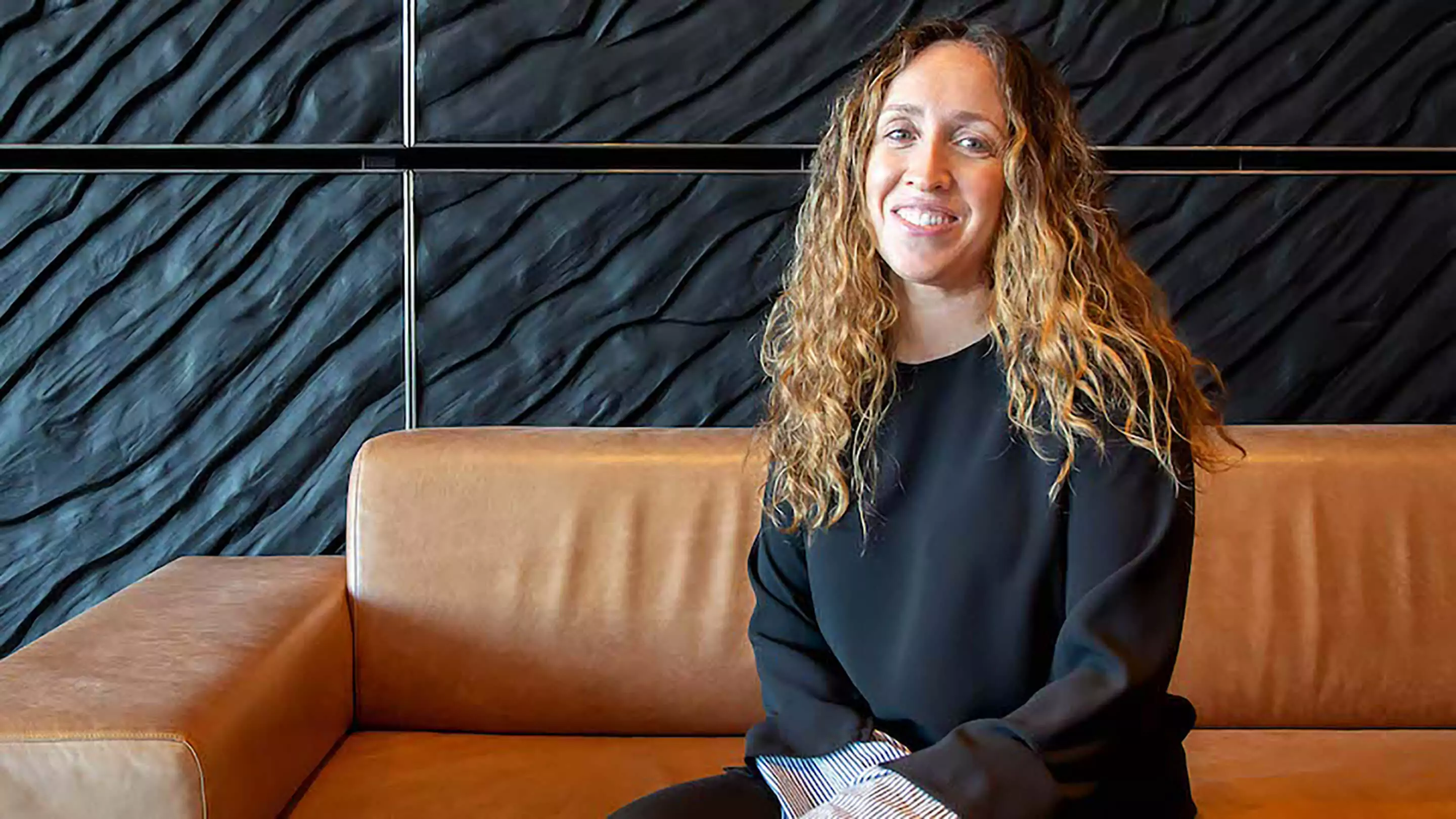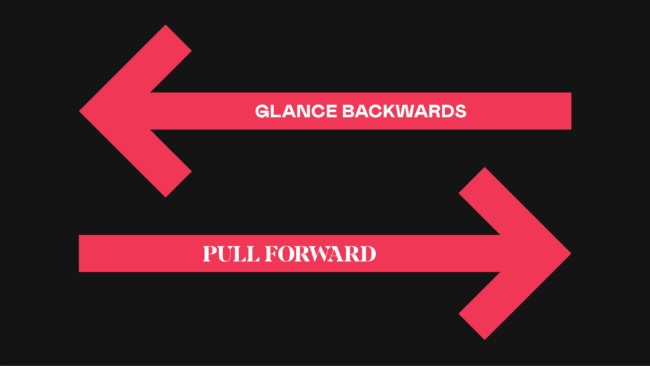
As part of the series about “Brand Makeovers” Fotis Georgiadis from Authority Magazine interviewed our own Jenn Szekely.
Jenn Szekely leads Coley Porter Bell’s US business, based in New York and is a member of the Coley Porter Bell Board. She brings over 20 years of experience in B2C and B2B across a variety of industries, including retail, technology, hospitality, FMCG, nonprofit, manufacturing and healthcare. Prior to her career in branding, Jenn ran her own company, which included retail stores in Boston, Massachusetts — specialized in fashion, art, antiques and design — that were recognized in national and international newspapers, magazines, books and television.
In a nutshell, how would you define the difference between brand marketing (branding) and product marketing (advertising)? Can you explain?
When I explain what I do to people and the difference between branding and advertising, I talk about how branding is about defining and developing the foundational elements of a brand, the strategies, identities, and experiences that don’t change the way a lot of advertising campaigns do (although some do stand the test of time). Branding work should last for the next 10–15 years and sometime longer. The work we do complements advertising, acting both as the springboard for the development of creative and experiences but also a filter for evaluating them.
Can you explain to our readers why it is important to invest resources and energy into building a brand, in addition to the general marketing and advertising efforts?
There are so many reasons, from differentiating against the competition: building trust with audiences and helping create loyalty, to ensuring consistency, helping recruit and retain talent, and more. There’s also lots of data, including data from BrandZ that shows that brand-led organizations outperform leading stock market indexes like S&P500.
Let’s now talk about rebranding. What are a few reasons why a company would consider rebranding?
Companies typically consider rebranding when they are going through a moment of change. That change could be due to M&A, a leadership change, a change in business strategy, etc. Or in many cases, the brand just hasn’t kept up with the business. I’ve worked with so many companies where their business had changed over many years, but the branding still reflected who they were and not who they currently are.
Are there downsides of rebranding? Are there companies that you would advise against doing a “Brand Makeover”? Why?
There are watch-outs when it comes to rebranding, especially if you are a legacy organization with lots of heritage. In that instance, you want to make sure you are not throwing away the baby with the bathwater. When rebranding, not everything needs to change. One misconception of our industry is that a rebrand means ‘all new’. Some elements of a brand have such equity it would not make business sense to make a wholesale change and sometimes just optimizing a few things can have a huge impact.
An example of this is one of our clients, Boots, part of the Walgreens Boots Alliance. This 170+ year old brand knew it needed a refresh but there was hesitation given the iconic nature of things like its logo. Building off the new brand strategy, we helped them update their visual identity and add to it, as opposed to starting from scratch. The logo was optimized for the digital age and liberated from the dated lozenge but the essence of it was retained. The evolution of their logo was supported by refreshing all the other elements of the visual identity, making it fit for purpose for the digital age, modernizing it and giving the organization the tools to clearly communicate its three key offerings — pharmacy, beauty, and well-being.
Ok, here is the main question of our discussion. Can you share 5 strategies that a company can do to upgrade and re-energize their brand and image”? Please tell us a story or an example for each.
Define and activate your brand purpose
Numerous studies have shown that Purpose-led organizations outperform those that are not. As a result, many organizations have been defining why their company exists beyond profits -their brand purpose.
But for many, little is done with it besides defining it and using it in marketing and communications, or having the words displayed on a Boardroom wall. Far fewer have cracked the nut of embedding it into their organization.
It’s the brands that are activating it, having it play a pivotal role in the employee experience and using it to guide business decisions that are the ones gaining the most traction. Patagonia is an example of a company who lives and breathes its brand purpose, “We’re in Business to Save Our Home Planet”. Not only do they give away 1% of sales each year to environmental organizations but they encourage employees to take part in their mission, beyond their day-to-day jobs. After a year of employment, employees can take two-months off (paid) to volunteer for an environmental cause or organization. They have initiatives like Action Works and support employees that are activists for causes they believe in. They take their purpose so seriously that they will even pay their employees’ bail, legal fees, and related time away from work if they are arrested in peaceful environmental protests.
Elevate the role of your corporate brand
This strategy is particularly aimed at house of brands companies or hybrid companies with strong product brands. These types of companies, both B2C and B2B typically spend most of their resources marketing their product brands, giving very little attention to their corporate brand.
In many cases, there is not even a clear strategy for the role of the corporate brand, as it relates to their product brands. Hospitality and travel companies have used their loyalty programs to connect the different brands within their portfolios, but one can argue they can do even more to support their corporate brand.
P&G is an-example of a company who has done a really nice job over the last decade elevating their corporate brand relative to their products. Through vehicles like ‘Thank you, Mom’, and how they incorporate their corporate brand into their product brand experience, consumers are much more aware of the company behind the products they buy.
Align your brand with your business
There are so many companies out there that have amazingly innovative products, services, and business models but when you look at the brand it is hard to believe they come from that company. Their branding has just not kept up with their business, in other words, they just look old and dusty. I recently reached out to help solve this very problem with one company who I won’t name but is in the medical technology space.
Create an immersive brand identity
When it comes to brand identity, the needs today are different than even a decade ago. While digital has been a growing for a long time, the pandemic has made it something companies can no longer ignore. But many brands just don’t have the tools from an identity standpoint to thrive.
There are lots of amazing identities out there that visually manifest their strategy and tell the story of their brands, but very few are delivering a truly immersive and holistic experience, which people expect from brands today, regardless of whether they are B2B or B2C.
Some brands are doing things well — brands like Uber have made digital a core part of the identity, their component library is completely connected to its identity, and Netflix who leverages the power of a sonic identity, to brands like Zappos and Starbucks who put a strong focus on the service experience — but very few have been able to put all these together to define a truly immersive brand identity that can be delivered across its communications and experiences.
Embark on an employee engagement program
Employees are your biggest brand ambassadors. More and more of our clients are seeking help with employee engagement, not only because it’s a critical component to ensuring success when rebranding, but also an increasingly important factor in recruiting and retention, as expectations of the employee experience are higher than ever.
One of our clients, LEGO® has done a brilliant job at engaging employees around their strategy of “learning through play”. There is a great quote from Seymour Papert, a former LEGO® Professor of Learning Research at MIT Media Lab: “Rather than pushing children to think like adults, we might do better to remember that they are great learners and to try harder to be more like them.” In support of this, Lego® does things like having Play Days, where LEGO® employees from over the world take the day off work to play. The whole idea of learning through play is not only used internally, but it also informs lots of external decisions, from the partnerships it has to the actual products they develop.
In your opinion, what is an example of a company that has done a fantastic job doing a “Brand Makeover”. What specifically impresses you? What can one do to replicate that?
One of the ones that stands out that I had the privilege of working on is Tupperware. The whole story of the rebrand, how it started, and the amazing clients is a story on its own for another time but regarding the work, it’s just powerful.
Tupperware suffered from perception challenges as a brand that was seen as dated. But when you experience the brand today, it clearly communicates the mission-driven, global and innovative brand that it is. The old associations of the Tupperware party have been replaced with a brand that inspires and installs confidence in women around the world, that has always and still does develop some of the most useful and innovative products in the marketplace. I encourage you to do a blind taste test of chicken made in their microwave pressure cooker, a gift I was given to me by their global creative director, it blew my mind!
You are a person of great influence. If you could inspire a movement that would bring the most amount of good to the most amount of people, what would that be? You never know what your idea can trigger.
I wish more people embraced the power of mentorship. It is quite magical to see the impact a person can have on another person. I am so lucky to have benefited from the mentorship of founders of some of the world’s iconic branding agencies, they were experiences that shaped my career and ones that I can’t help but want to pay forward. If more people took the initiative to take on a mentee, I believe the world would be a better place. And for those who say I just don’t have the time; I want you to know that you are missing out, as the experience is so reciprocal. While mentoring is helping and grooming others, I continue to be surprised and delighted at how much I learn and get out of the experience as well.
Can you please give us your favorite “Life Lesson Quote”? Can you share how that was relevant to you in your life?
I can’t believe I am going to quote a Baz Luhrmann song publicly but I am. I love much of what is in Everybody’s Free (to wear sunscreen) but the one piece of advice that I love the most is…
“Don’t feel guilty if you don’t know what you want to do with your life…the most interesting people I know didn’t know at 22 what they wanted to do with their lives, some of the most interesting 40 year olds I know still don’t.”
I find this quote so liberating. It is related to the reason I love airports so much; it opens the door to possibilities. It also quells the voice of around expectations, and while I love my current chapter, it makes me feel optimistic about my next one.
How can our readers follow you online?
https://www.linkedin.com/in/jenniferszekely
Thank you so much for these excellent insights! We wish you continued success in your work.

